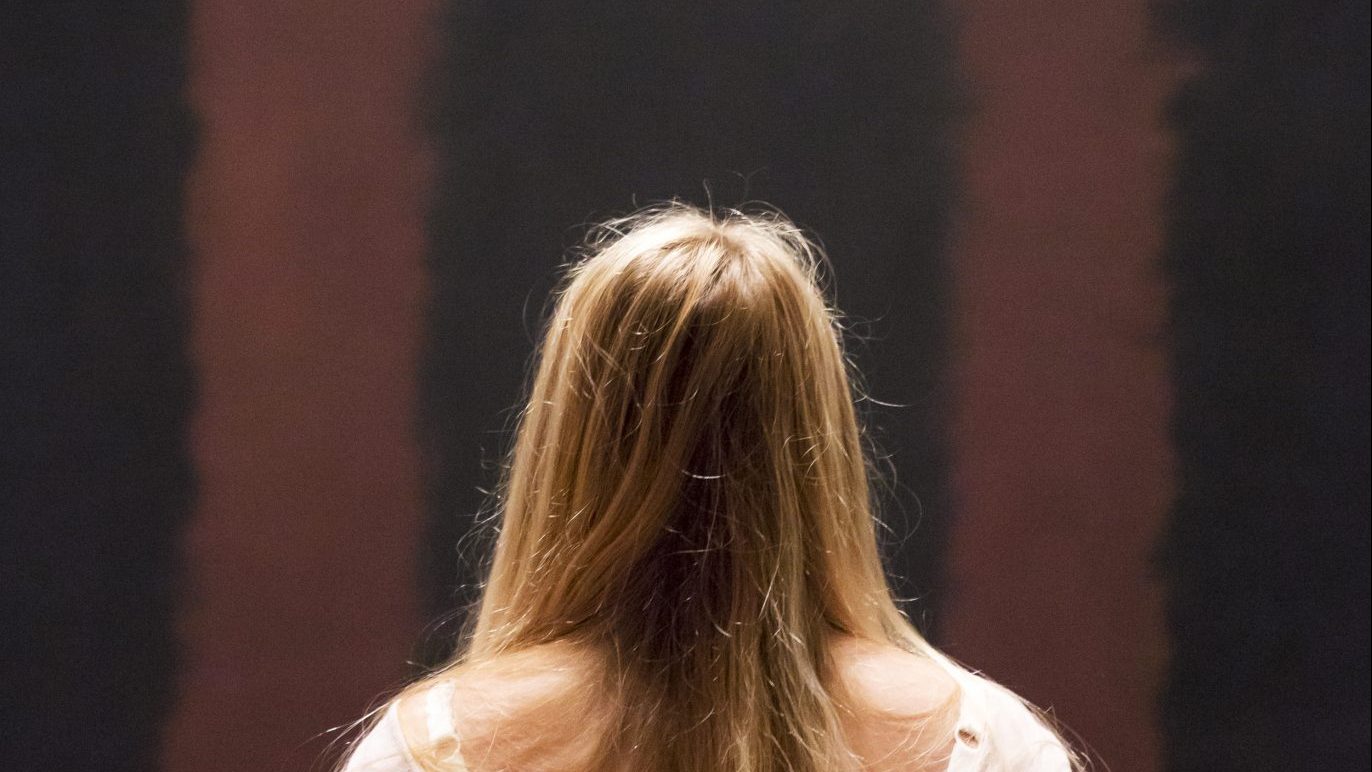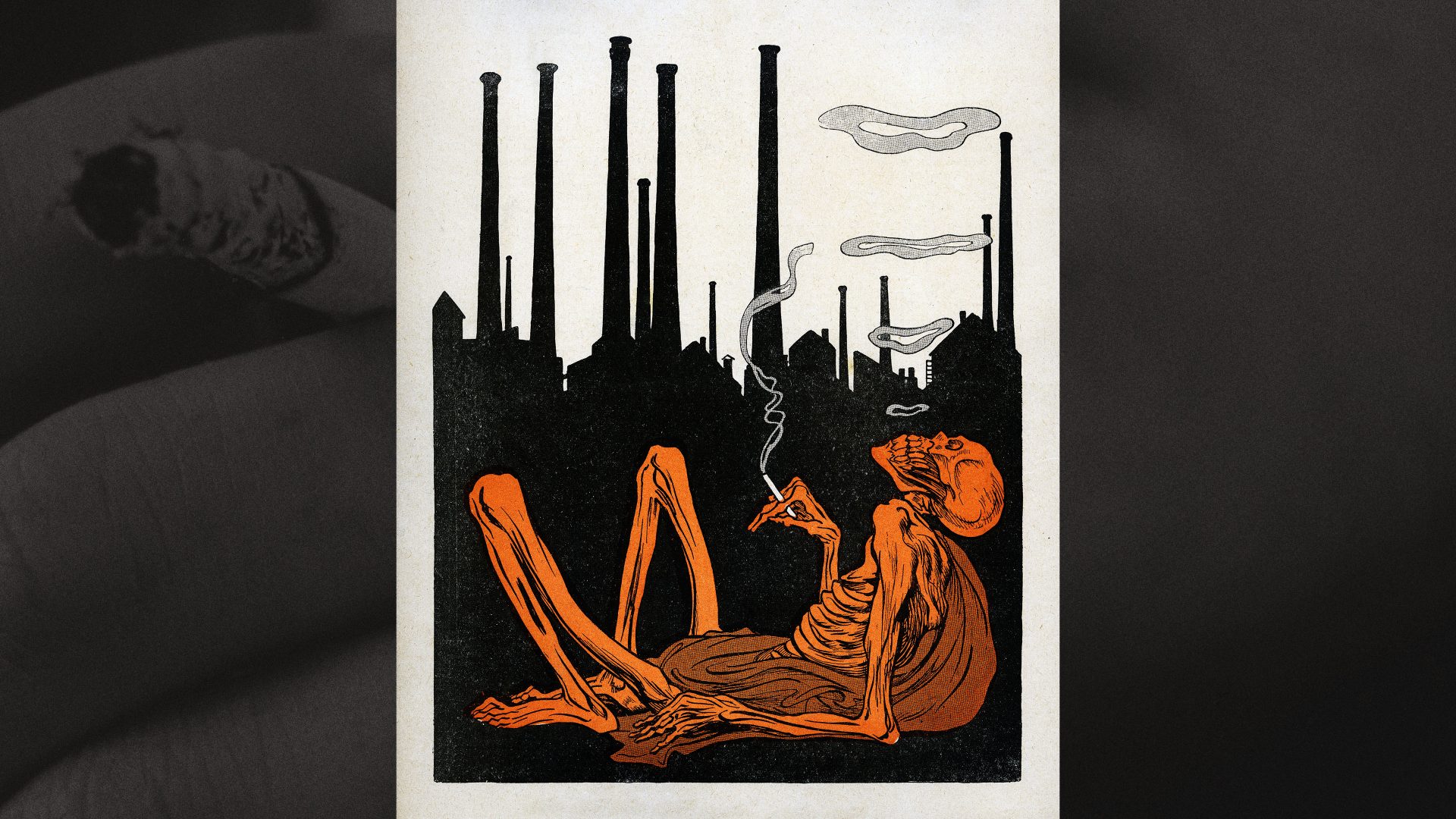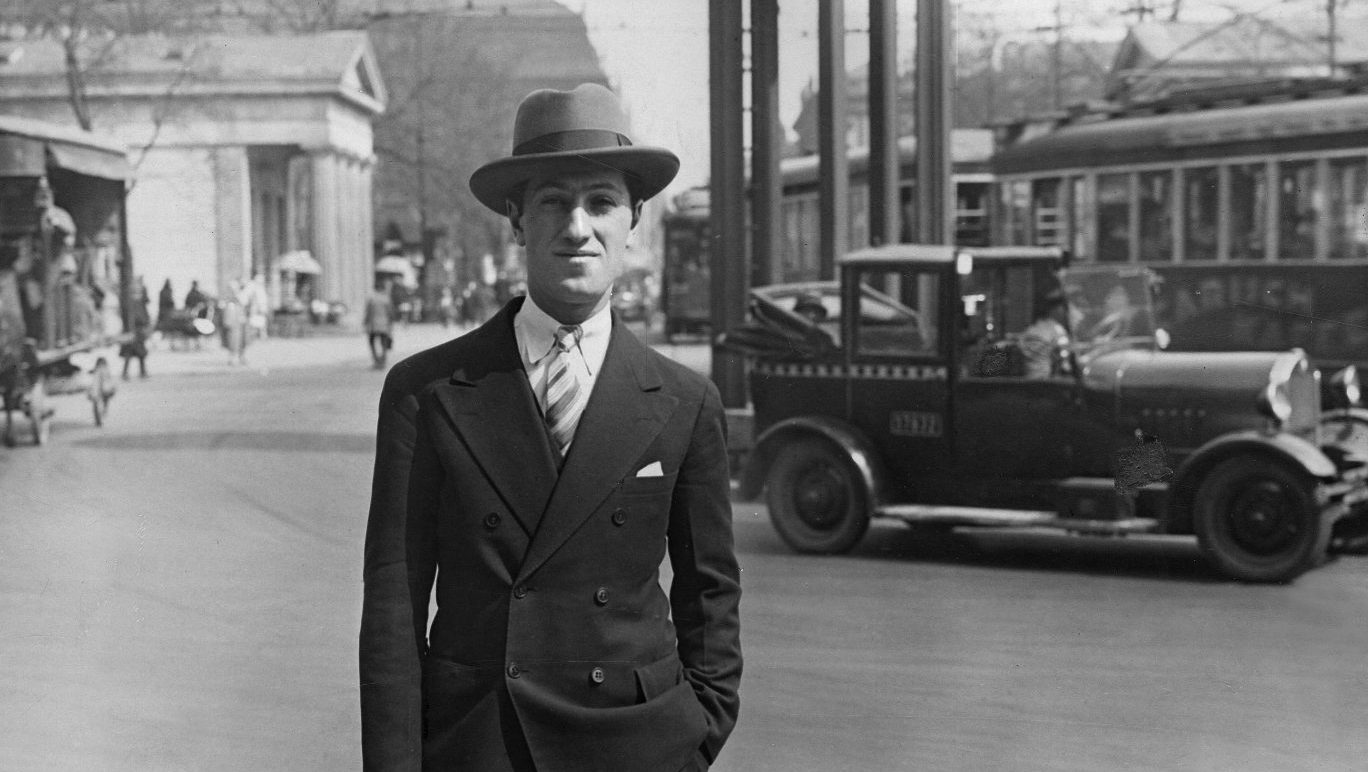They are the perfect symbol of Mark Rothko’s roots: a series of paintings by an American artist born in what is now Latvia, influenced by a genius of the Italian Renaissance, gifted to Britain and now on show in Paris.
A spectacular retrospective exhibition at the Fondation Louis Vuitton has lured loans from all over the world. But among the stars of the show are nine paintings loaned by Tate, an ever-popular suite of works from the Seagram murals. Originally intended as decoration at the Four Seasons restaurant in New York’s Seagram building on Park Avenue, these dark, foggy, rectangular masterpieces were part of an ambitious, art-based scheme. The design team was led by the avant-garde German-American architect Ludwig Mies van der Rohe.
So massive was the commission that the artist, whose star was in the ascendant in the mid-1950s, hired a gymnasium at 222 The Bowery, a former YMCA, to replicate the vast room in which the works were intended to hang. Accounts of what followed intensive months of painting vary, but whether Rothko knew or did not know in advance that the prestigious restaurant would only attract the wealthiest diners, after a site visit he developed qualms about its exclusivity and withdrew from the project.

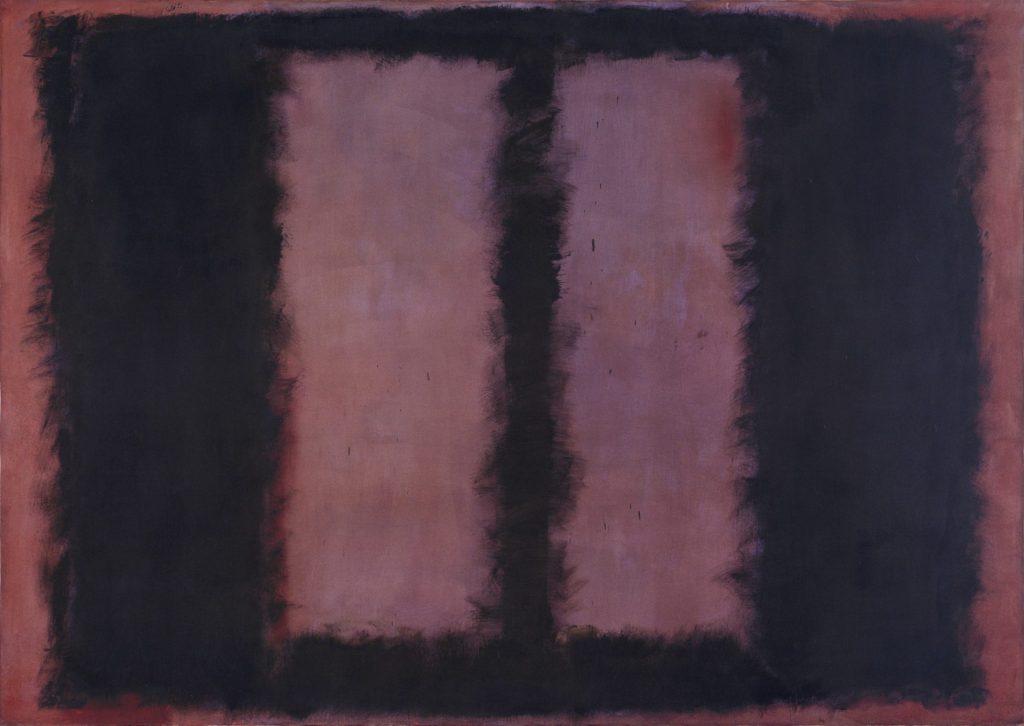
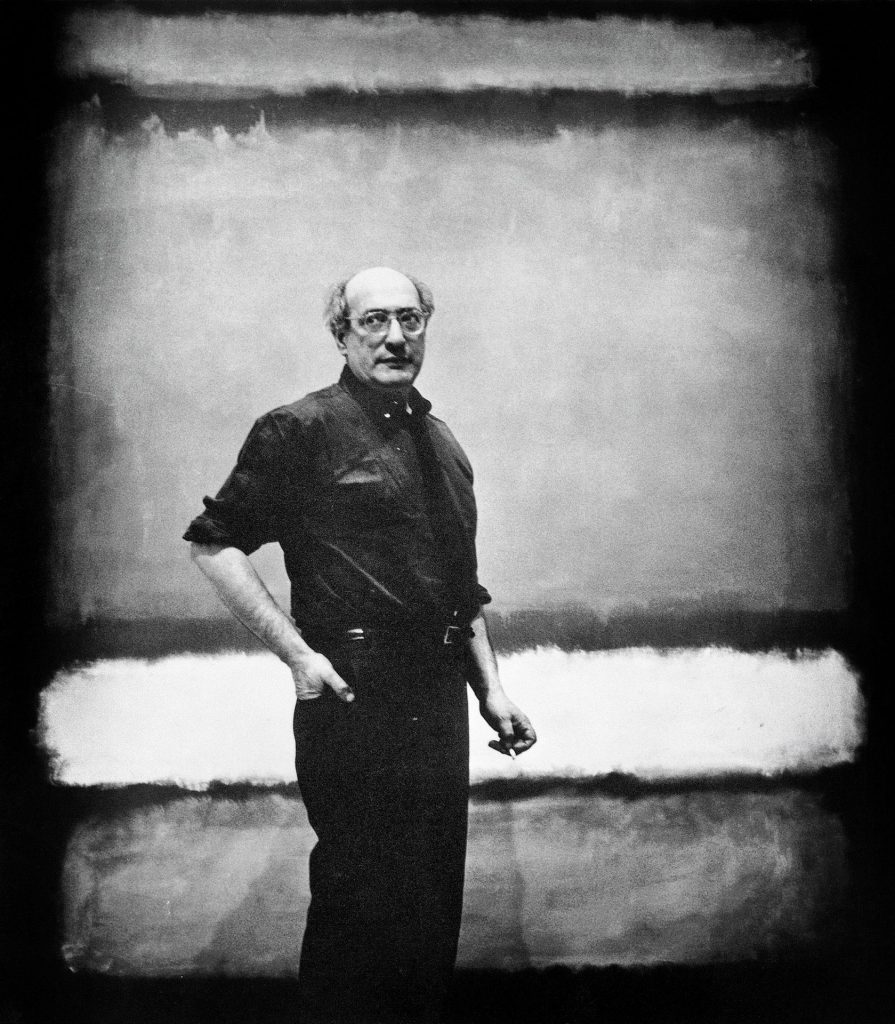
On one of his many voyages to Europe in search of fine art, he fell into conversation with John Fischer, editor of Harper’s Magazine, who kept a written record of their exchanges. Rothko confessed to his misgivings about painting for “a place where the richest bastards in New York will come to feed and show off”. Warming to his theme, he declared: “I will never take on such a job again. In fact, I’ve come to believe that no painting should ever be displayed in a public place. I accepted this assignment as a challenge, with strictly malicious intentions. I hope to paint something that will ruin the appetite of every son of a bitch who ever eats in that room. If the restaurant would refuse to put up my murals, that would be the ultimate compliment.”
The restaurant did not get that chance, as Rothko pulled the work and set about finding new homes for it. His affectionate relationship with Britain grew out of a respect for European art that occasioned several trips across the Atlantic. In Britain, he saw this important heritage represented in the great national collections, and in 1968 he presented the first of nine canvases from the Seagram murals to Tate. Its then director, Norman Reid, then went to New York to discuss with the artist future gifts, and the sequence of nine was devised, a gift of incalculable fiscal and artistic value that still draws art lovers from all over the world to Tate galleries.
At this time, Britain’s docks were a magnet for both commercial shipping and cruise liners. Meat was imported from New Zealand and bananas from the West Indies; in Southampton’s luxurious Art Deco Ocean Terminal, carefully dressed passengers assembled, ready to rejoin copious items of luggage in the staterooms of QE2, launched three years earlier. But dockers at the country’s thriving international hubs had never handled anything quite like the crates of paintings by Mark Rothko that arrived in February 1970.
Rothko already had other links with Britain, and perhaps surprisingly, declared himself a huge fan of Dickens and Shakespeare. He had befriended several of the prominent artists in St Ives, staying with the abstract artist Paul Feiler just as his misgivings about the Seagram project were growing.
He welcomed to New York a succession of British artists, including Peter Lanyon, whose death upset him greatly. And he talked of acquiring a disused chapel near St Ives with a view to turning it into a gallery for his own work.
He might even have been thinking of the Seagram murals then. In 1961, the Whitechapel Gallery staged the first British show of Rothko’s work, a massive success. The artist was exacting about the terms of the gift. The murals must be hung in a room of their own and only a short height above the ground – emphatically not at head height, as envisaged when they were to hang above seated diners. They should be absorbed close up, not by viewers standing back reverentially but, ideally by gallery-goers in effect dissolving into the painting, unable to focus on its edge. And the paintings should share a gallery with the works of JMW Turner, whom he admired alongside other great European artists. As guardians of the Turner bequest, this final demand was easy to arrange. Initially, a Rothko room was created at what is now Tate Britain, and in time they moved to Tate Modern, where they are usually displayed, sometimes with a token Turner nearby.
This is the first time since their arrival in 1970 that the entire suite of works has been out on loan. “Tate is so invested in these works,” explains Gregor Muir, Tate’s director of collection, international art, since 2016, who has a personal as well as professional relationship with the Seagram murals, and who finds in them a spirituality that means more than the artist’s professed irritation. “When I was an art student in the 1980s, I would go into the Rothko Room in the old Tate [today’s Tate Britain] and sit in there for an hour at the least. And other people were doing the same; some were listening to Sony Walkmans… It was a kind of cult space. It was a space for people who were feeling. “The meaning of the works is always coming in and out of focus, according to that spiritual connection one has with them. They have a kind of divinity. There’s something about them that’s immersive. They are cathartic, healing, and about a spirituality that’s connected to our sense of wellbeing in the world.”
The nine paintings are predominantly in shades of red and black, the palette favoured by the artist towards the end of his career, having been through many evolutions and colour spectrums. While his distinctive application of feather-edged, pulsating blocks of colour became a hallmark by the late 1940s, at this stage his palette had been of bright, complementary rainbow colours.
Several artists in mid-century New York had been quick to spot the potential of unfashionable and unwanted spaces. Here was the room to work on a prolific and colossal scale, and Rothko was among those who thought big. He developed a method for applying paint that broke with convention and which the insights of his son, Christopher, and modern imaging techniques have helped to reveal.
Rothko’s practice was to prepare a stretched cotton duck canvas with a soupy mix of glue extracted from rabbit skin and a base colour pigment. As it dried, this ground flattened and dulled, and other layers could be applied, then partially scraped away, revealing indeterminate glimpses of different colours, sometimes similar, something contrasting, which seem to float before the eyes, impossible to pin down without the anchor of a conventional or figurative composition. Some associate the blood-reds of the paintings chosen for Tate with the artist’s death: he was found to have taken his own life in his studio on the very day the Seagram murals arrived in Britain. But however dark his thoughts may have been, there is also that continuing admiration for the history of European art. Rothko himself explained that he wanted to create something of the oppressive weight of Michelangelo’s windowless Laurentian library in Florence. “I was much influenced subconsciously by Michelangelo’s walls in the staircase room of the Medicean Library in Florence,” he explained. “He achieved just the kind of feeling I’m after – he makes the viewers feel that they are trapped in a room where all the doors and windows are bricked up, so that all they can do is butt their heads forever against the wall.”
As displayed today, the paintings are indeed in a subdued space, but for many observers the sensation is not of being trapped but of being uplifted. Too dark and the paintings disappear; too bright and they lose their inbuilt luminosity.
“You need to have the right proportions of the room but you need a certain light,” says Muir. “You have to find the sweet spot where that room suddenly comes together as one.” The interaction between the painting and the space they occupy was underlined by their temporary loan to Paris. “I saw them just before they were shipped out to Paris and in their crates they became very down to earth.”
Although influenced by the art traditions forged on this side of the Atlantic, this is the first time the Seagram murals have been seen on the mainland of Europe. “Rothko wanted his work to be next to the legacy of the history of painting. People forget that London was viewed as a safe haven. As a protest he could have sent them anywhere – and it could have been a blow to American museums.”
Muir believes that Rothko’s pulling out of the deal with the Four Seasons restaurant demonstrated a moral stand not always seen today: “It’s a reminder of how important it is that artists maintain their integrity. The art world today is infinitely more commercial and more mercantile.”
Mark Rothko, Fondation Louis Vuitton, Paris until April 2, after which the Seagram murals go back on display at Tate


